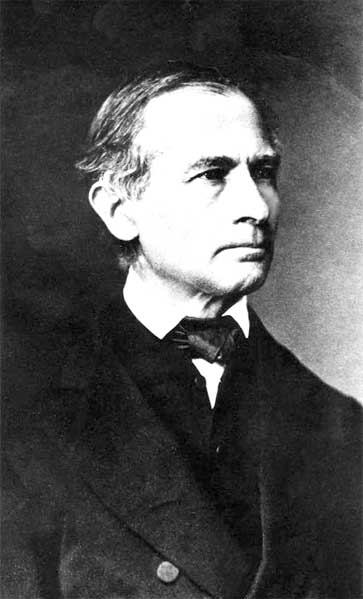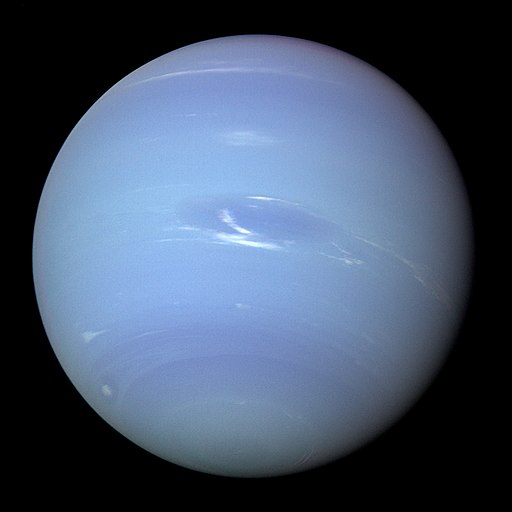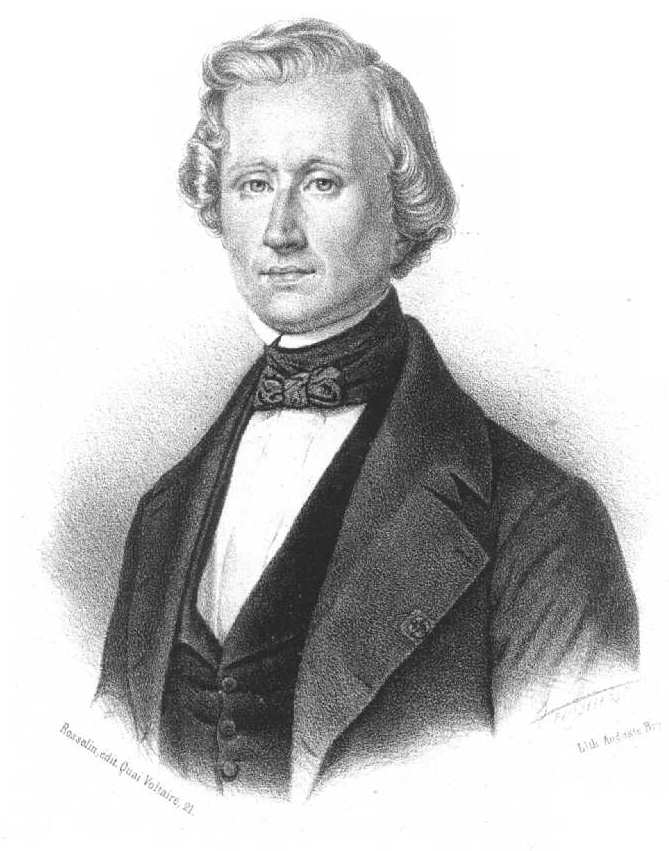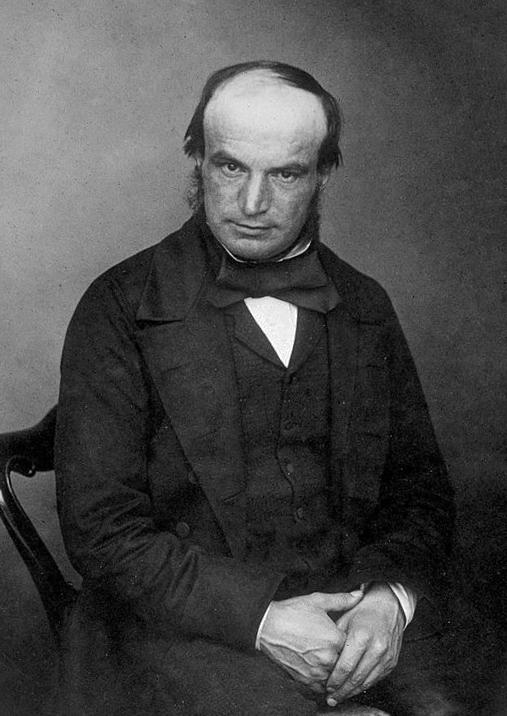An annotated translation of the letter which led to the discovery of Neptune
Annotations



Background
I recently re-read the story of how Neptune was discovered on 23-24 September 1846 and what most interested me was how quickly the actual discovery took place. The part I knew about was that on the night after the very day a letter from French astronomer Urbain Le Verrier containing his predictions of the location of a new planet reached the German astronomer Johann Galle, after less than an hour’s searching, the planet was found by Galle and his assistant Heinrich Louis d’Arrest less than a degree away from the predicted location.

But a few days ago I came across the actual letter and it seemed fitting that it turned out to be stunningly simple and brief. At barely more than a page in length the letter does not tell the whole story of the mathematical work that went into calculating the results but the document and its aftermath appeal to my fascination with things which are minimalist but ground-breaking in science and technology. On an impulse I decided to translate the letter which I now share with you.
About the translation
Besides occasional help from ChatGPT and Google Translate, the translation is my own and makes no claim to accuracy or fluency. That said, the key facts and details, even if not well-expressed, are likely to be correct.
The translation is annotated primarily for readability so that any obscure terms or references don’t get in the way. The annotations have been produced with the help of ChatGPT and are not guaranteed to be correct nor are they intended to be technically rigorous. In addition I have included modern day measurements of the properties of the planet to compare with Le Verrier’s estimates since I found it interesting that his prediction of the location was off by less than 1 degree yet the accuracy of other values varies considerably. For example using NASA’s values for the mass of Neptune and the sun, Neptune is estimated to be about 1/19417 of the mass of the sun whilst Le Verrier’s estimate was 1/9300.
If you want to know more about the discovery of Neptune some good references include this MacTutor article and this Wikipedia article. Wikipedia is also a good starting point if you are interested in learning more about the celestial mechanics concepts mentioned in the letter
The letter
Paris, 18 September 1846
Sir,
I have read with a lot of interest and attention the reduction of the observations of Roemer [sic] of which you kindly sent me a copy. (In astronomy, a ‘reduction’ involves refining and correcting raw observational data to eliminate errors and improve accuracy. Galle had sent to Le Verrier a copy of his doctoral thesis involving a reduction of astronomical observations made by the Danish astronomer Ole Rømer). The perfect lucidity of your explanations, the complete rigour of the results that you give, are of the level that we must expect from such a skilled astronomer. Later, Sir, I will request your permission to return to several points which have interested me and in particular to the observations of Mercury which are contained therein. Today I would like to ask the indefatigable observer that he would kindly devote some moments to the examination of a region of the sky, where there may be a planet waiting to be discovered. It is the theory of Uranus which leads me to this result. (Since the discovery of Uranus as a planet by William Herschel in 1781, astronomers had found that the actual path followed by the planet deviated from theoretical predictions based on Newton’s laws). An extract of my researches is going to appear in Ast. Nach. ( “Astronomische Nachrichten”, of which Ast. Nach. is an abbreviation, which translates to “Astronomical Notes” is a well-known and historically significant scientific journal in the field of astronomy). I could therefore, Sir, have dispensed with writing to you if I had not had to fulfil the duty of thanking you for the interesting work that you have addressed to me.
You see, Sir, that I have demonstrated that we cannot satisfy the observations of Uranus without introducing the action of a new planet, hitherto unknown: and what is remarkable, there is in the ecliptic (the plane of Earth’s orbit around the sun), only one position which can be attributed to this perturbative planet. Here are the elements of the orbit that I assign to this celestial body:
| Semi-major axis of the orbit is half the longest diameter of the elliptical orbit and provides a measure of the orbital body’s average distance to the Sun over its orbital path. The measurement is in astronomical units (AU) where 1 AU is approximately the distance between the Earth and the Sun and is approximately 150 million kilometres | 36.154 | 30.1 |
| Duration of the sidereal revolution is the time it takes for a celestial body to complete an orbit around the sun in earth years | 217.387 years | 164.79 years |
| Eccentricity is a measure of how much an elliptical orbit deviates from a perfect circle; a higher eccentricity indicates a more elongated, less circular orbit | 0.10761 | 0.009 |
| Longitude of the perihelion is the longitude of the planet as measured from a reference point (vernal equinox) at which the planet would be closest to the sun if its orbit were not inclined | 284° 45’ | 44° 58’ |
| Mean longitude 1st January 1847 is the longitude of the planet on 1st January 1847 as measured from a reference point if it were moving in a circular orbit | 318° 47’ | I have not been able to find an actual value for this |
| Mass relative to the mass of the sun | 1/9300 | 1/19417 |
| True heliocentric longitude on 1st January 1847 is the longitude of the planet on 1st January 1847 as measured from a reference point and based on its real orbit | 326° 32’ | Based on this value the true heliocentric longitude on 23 September is estimated to be about 326° whilst the actual value was around 326° 57’ which is how you get the under 1 degree error i.e. 57’ is 57/60 = 0.95 degrees. I have not been able to find an actual value for the January date. |
| Distance to the sun in astronomical units | 33.06 | 30.06 |
The current position of this celestial body shows that we are at present, and that we will still be, for several months, in favourable conditions to discover it.
Besides, the magnitude of its mass permits one to conclude that the magnitude of its apparent diameter is more than 3’’ sexagesimals. (The apparent diameter is the angle spanned by the diameter of the planet as seen from Earth. Sexagesimal is a base 60 number system used in astronomy and other fields. 3’’ sexagesimals is 3 arcseconds which is 3/3600 = 1/1200 of a degree. NASA gives an average apparent diameter for Neptune of 2.3 arcseconds). This diameter is altogether of the nature to be distinguished, in the right telescopes, from the fictitious diameter that various aberrants give to the stars.
Accept, Sir, the assurance of the highest consideration
of your devoted servant
U. J. Le Verrier
Please convey to Mr. Encke (German astronomer and director of the Royal Observatory of Berlin), even though I do not have the honour to be known to him, the homage of my profound respect.
To Sir
Mr. J. G. Galle,
Astronomer at the Royal Observatory of Berlin
in Berlin.
Notes
- The translation uses the original French text contained in Leverrier’s Letter to Galle and the Discovery of Neptune

- The focus of this blog is on the letter itself and not the discovery of Neptune but it is worth noting that John Couch Adams, a British mathematician, who independently made predictions of the location of the planet, is usually credited as a co-discoverer of Neptune along with Le Verrier and Galle. Adams’ work was not published until after the discovery by Galle but he had shared his predictions with James Challis, the director of the Cambridge Observatory. Challis observed Neptune twice in August 1846 but failed to recognise it as a planet.
Data sources
- NASA’s Neptune factsheet (for all modern day values of the properties of Neptune unless otherwise stated)
- NASA’s Sun factsheet (used for mass comparison)
- NASA’s Solar System Sizes and Distances Guide (distance to sun)
- On the Prediction of Neptune (values for Le Verrier’s predictions and the position of Neptune at discovery)